Filter by
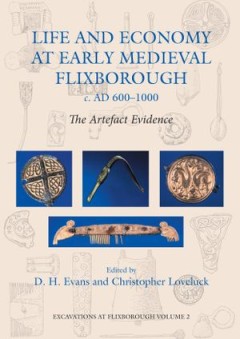
Life and economy at early medieval Flixborough, c. AD 600-1000 : the artefact…
Between 1989 and 1991, excavations in the parish of Flixborough, North Lincolnshire, unearthed remains of an Anglo-Saxon settlement associated with one of the largest collections of artefacts and animal bones yet found on such a site. In an unprecedented occupation sequence from an Anglo-Saxon rural settlement, six main periods of occupation have been identified, dating from the seventh to the …
- Edition
- -
- ISBN/ISSN
- 978-1-84217-310-7
- Collation
- -
- Series Title
- Excavations at Flixborough ; v. 2
- Call Number
- 942.832 LIF

The Hmong of Australia Culture and Diaspora
United States
- Edition
- -
- ISBN/ISSN
- -
- Collation
- -
- Series Title
- -
- Call Number
- -

A Difficult Neighbourhood Essays on Russia and East-CentralEurope since Worl…
Through a series of essays on key events in recent years in Russia, the western ex-republics of the USSR and the countries of the one-time Warsaw Pact, John Besemeres seeks to illuminate the domestic politics of the most important states, as well as Moscow’s relations with all of them. At the outset, he takes some backward glances at the violent suppression of national life in the ‘bloodlan…
- Edition
- -
- ISBN/ISSN
- 9781760460617
- Collation
- -
- Series Title
- -
- Call Number
- -

History of Landscape Ecology in the United States
Gary W. Barrett holds the Eugene P. Odum Chair of Ecology in the Eugene P. Odum School of Ecology, University of Georgia (UGA). He is coauthor of eight books; and has published over 190 articles in professional journals. Until 1994, he was Distinguished Professor of Ecology, Miami University, Oxford, Ohio. At Miami University he was recipient of the 1986 Sigma Xi Researcher of the Year Award. F…
- Edition
- 1
- ISBN/ISSN
- 978-1-4939-2274-1
- Collation
- XVIII, 194
- Series Title
- -
- Call Number
- 910 HIS

‘A Course of Severe and Arduous Trials’ Bacon, Beckett and Spurious Free…
Twentieth
- Edition
- -
- ISBN/ISSN
- 9783035300789
- Collation
- -
- Series Title
- -
- Call Number
- -
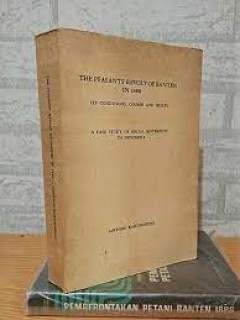
The Peasants' Revolt of Banten in 1888
Indonesia
- Edition
- -
- ISBN/ISSN
- 9789004286788
- Collation
- -
- Series Title
- -
- Call Number
- -
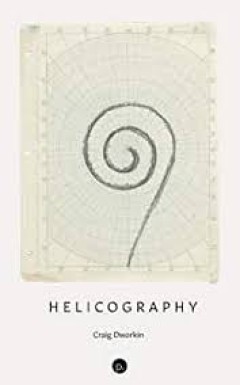
Helicography
"Part art history essay, part experimental fiction, part theoretical manifesto on the politics of equivalence, Helicography examines questions of scale in relation to Robert Smithson’s iconic 1970 artwork Spiral Jetty. In an essay and film made to accompany the earthwork, Smithson invites us to imagine the stone helix of his structure at various orders of magnitude, from microscopic molecules…
- Edition
- -
- ISBN/ISSN
- 9781953035653
- Collation
- -
- Series Title
- -
- Call Number
- -
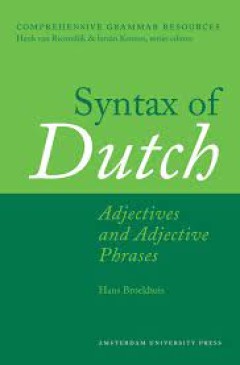
Syntax of Dutch: Adjectives and Adjective Phrases
The Syntax of Dutch will be published in at least seven volumes in the period 2012-2016 and aims at presenting a synthesis of the currently available syntactic knowledge of Dutch. It is primarily concerned with language description and not with linguistic theory, and provides support to all researchers interested in matters relating to the syntax of Dutch, including advanced students of languag…
- Edition
- -
- ISBN/ISSN
- 9789089645494
- Collation
- -
- Series Title
- -
- Call Number
- -

Painting and Publishing as Cultural Industries
The Dutch Republic was a cultural powerhouse in the modern era, producing lasting masterpieces in painting and publishing-and in the process transforming those fields from modest trades to booming industries. This book asks the question of how such a small nation could become such a major player in those fields. Claartje Rasterhoff shows how industrial organisations played a role in shaping pat…
- Edition
- -
- ISBN/ISSN
- 9789089647023
- Collation
- -
- Series Title
- -
- Call Number
- -
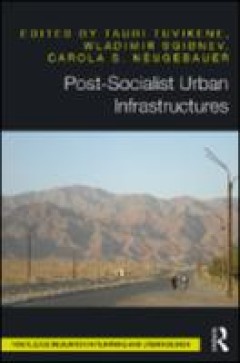
Post-Socialist Urban Infrastructures (OPEN ACCESS)
Post-Socialist Urban Infrastructures critically elaborates on often forgotten, but some of the most essential, aspects of contemporary urban life, namely infrastructures, and links them to a discussion of post-socialist transformation. As the skeletons of cities, infrastructures capture the ways in which urban environments are assembled and urban lives unfold. Focusing on post-socialist cities,…
- Edition
- -
- ISBN/ISSN
- 9781351190343
- Collation
- -
- Series Title
- -
- Call Number
- -
 Computer Science, Information & General Works
Computer Science, Information & General Works  Philosophy & Psychology
Philosophy & Psychology  Religion
Religion  Social Sciences
Social Sciences  Language
Language  Pure Science
Pure Science  Applied Sciences
Applied Sciences  Art & Recreation
Art & Recreation  Literature
Literature  History & Geography
History & Geography